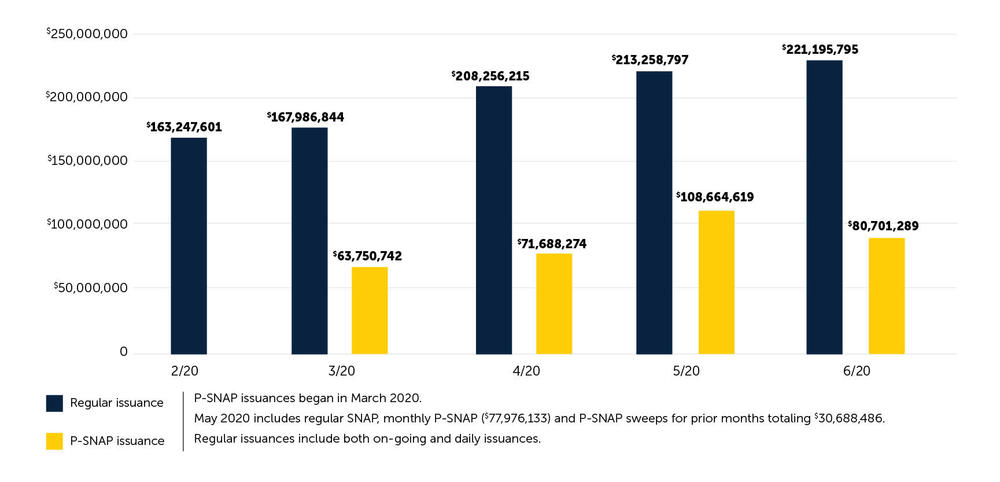
Supplemental Nutrition Assistance Program
The Supplemental Nutrition Assistance Program (SNAP), formerly referred to as the Food Stamp Program, is a federally funded program that helps low-income families pay for the cost of food. The SNAP program also provides opportunities to improve their economic standing with job skills training and other support.
SNAP Works
Georgia’s SNAP Works Program is open to any food stamp recipient and offers job search, job skills training, GED programs, limited vocational training for work experience (short-term, unpaid work assignment) through partnerships with community organizations and educational institutions.
The goal of the SNAP Works Program is to help food stamp recipients who are unemployed or underemployed with job placement assistance, reducing and/or eliminating their dependency on food stamps. Training opportunities are in a variety of fields, from health care and manufacturing to teaching and welding. Able-Bodied Adults Without Dependents (ABAWDs) are required to have a job or participate in volunteer programs to keep their benefits for more than three months.
Since 2016, DFCS has expanded its partnerships with educational and technical training institutions as well as job readiness organizations to improve Georgians’ ability to get back on their feet. Through these partnerships, DFCS offers supervised job search, job skills training, GED, Second Language Acquisition (formerly referred to as English as a Second Language), vocational training for specific jobs and work experience (a short-term, unpaid work assignment). SNAP Works offers participants transportation, nutrition classes, child care, education, health classes, housing services and more.
DFCS also offers 90-day job retention services for SNAP Works participants after they have obtained employment. Job retention support services provide expenses necessary for the participant to maintain employment.
By the Numbers | SNAP
- 1,396,878 is the average number of individuals who received SNAP benefits each month
- $13,014,660 average amount of Senior SNAP benefits issued per month in SFY 2020
- 217,384 number of seniors and disabled adults who received SNAP benefits
- 29,229 SNAP recipients who participated in SNAP Works to improve their economic well-being and were not subject to ABAWD work requirements
- 88,825 number of able-bodied adults without dependents who could volunteer to participate in the program to meet federal requirements
- 135,862 number of individuals who received Senior SNAP* benefits in SFY 2020
- The Georgia Senior SNAP program is an elderly simplified application project designed to make it easier for seniors to receive food stamp benefit.
- 107,543 monthly average number of individuals who received Senior SNAP benefits
- $300 average monthly SNAP benefit per household in Federal Fiscal Year 2020 (FFY 2020)
- 902,786 children who benefited from the SNAP program in SFY 2020
- 118,054 total number of SNAP recipients served by the SNAP Works Program in FFY 2020
SNAP response to COVID-19 pandemic
In response to the coronavirus pandemic, SNAP received several policy waivers and guidance from the United States Department of Agriculture, Food and Nutrition Service, to help Georgia families meet their food and nutritional needs during the public health emergency. With these policy waivers, the SNAP program was able to:
- Simplify eligibility determinations by accepting client statements for income and certain household expenses.
- Extend certification periods for an additional six months to households beginning in March 2020.
- Suspend work requirements for ABAWDs between April and June 2020.
- Issue Pandemic SNAP (P-SNAP) and emergency allotments to SNAP households to bring their allotment up to the maximum benefit amount for their household size. P-SNAP and emergency allotments were issued from March through September 2020.
- Offer online EBT use with in-store pickup and grocery delivery. This expanded partnership with grocers allows SNAP recipients, especially those with underlying health conditions, to safely get food.
